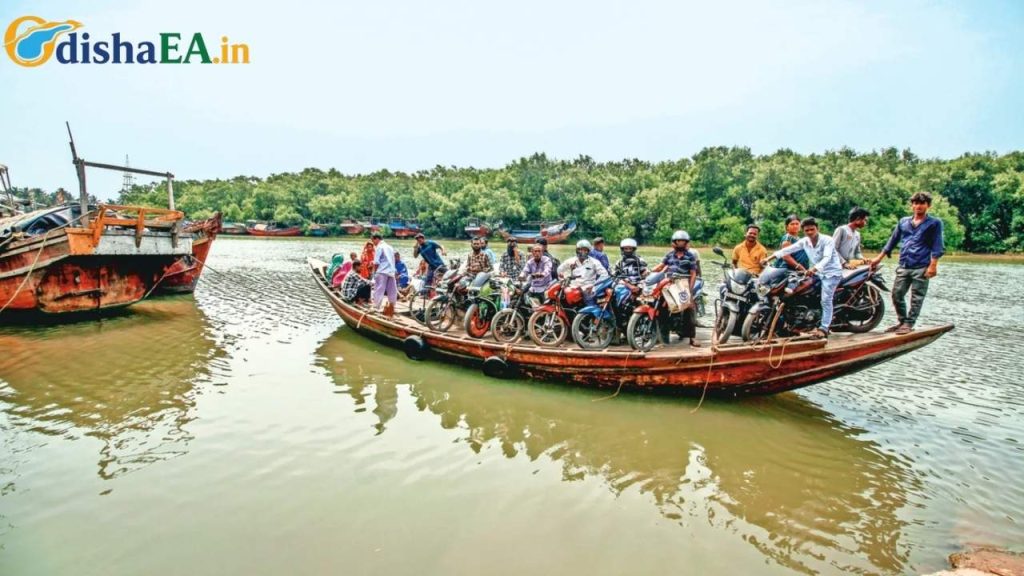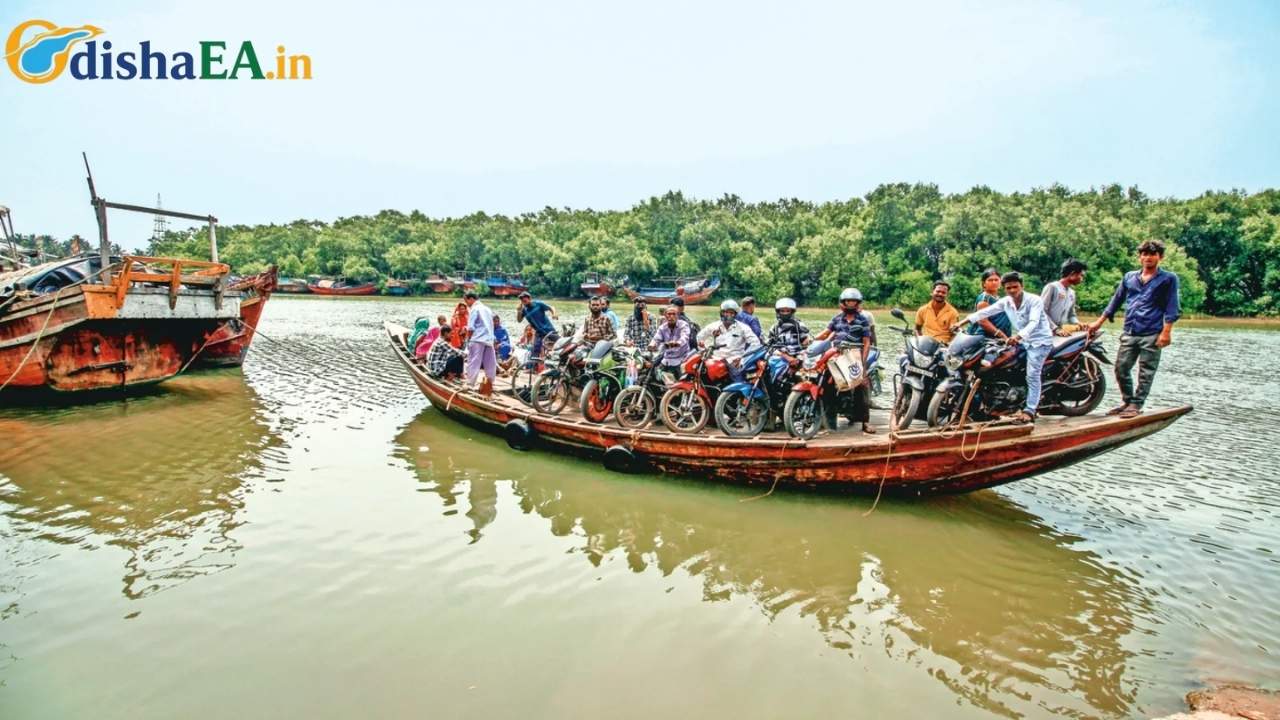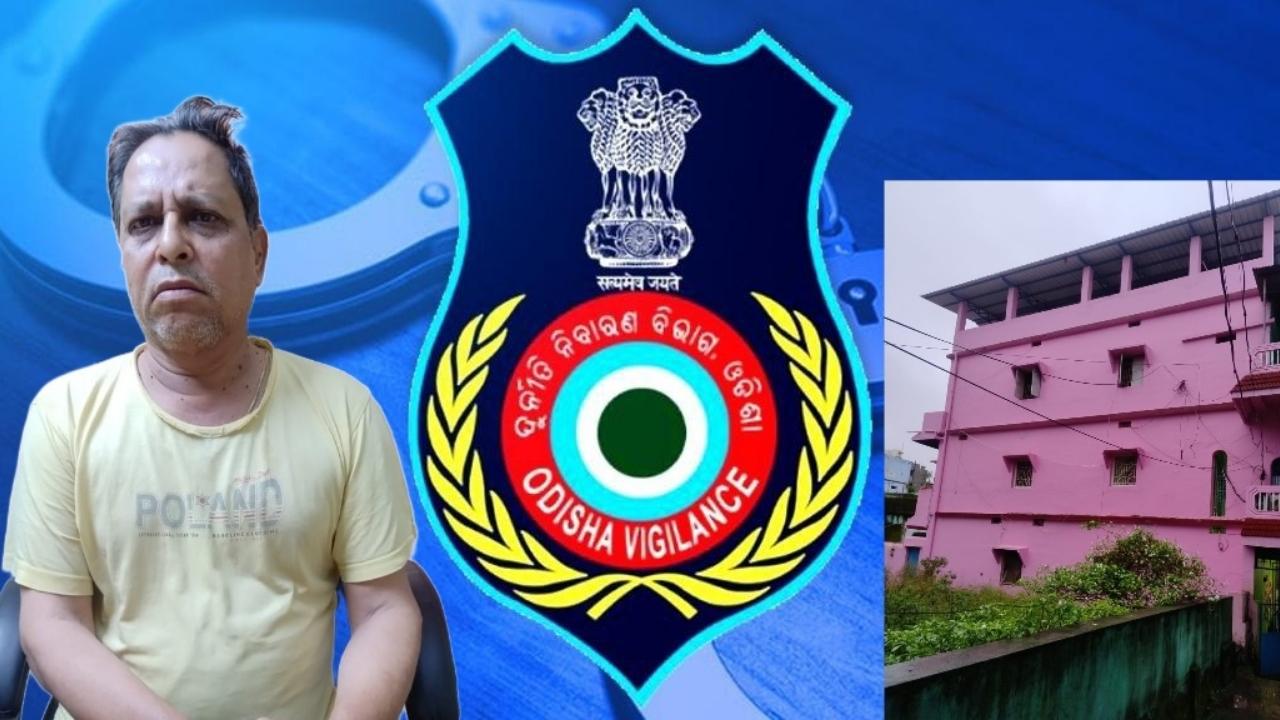As the mighty Subarnarekha and Baitarani rivers surge past their danger levels, northern Odisha finds itself grappling with rising floodwaters. On August 24, 2025, the rivers breached critical thresholds, prompting immediate evacuation operations in Balasore and Bhadrak districts. The rising water levels threaten to flood several low-lying areas, and the government is working tirelessly to ensure the safety of its residents. Here’s a comprehensive look at the situation, what’s happening on the ground, and how authorities and citizens can take action.

Subarnarekha and Baitarani Rivers Breach Danger Levels
| Topic | Details |
|---|---|
| Rivers Breaching Danger Mark | Subarnarekha at 10.62 meters (danger level 10.36 meters), Baitarani at 18.50 meters (danger level 18.33 meters). |
| Affected Areas | Balasore (Basta, Baliapal, Bhograi blocks), Bhadrak (Dhamnagar, Chandbali blocks). |
| Evacuations Underway | District administrations evacuating vulnerable residents. |
| Emergency Measures | ODRAF, NDRF, and Fire Services rescue teams deployed. |
| Meteorological Forecast | IMD issues Red Warning for Sundargarh; widespread rainfall expected. |
| Flood Relief | Relief materials distributed; embankments monitored. |
For more information on ongoing flood relief efforts and updates, check official sources like Odisha Disaster Management.
Northern Odisha is facing a significant flood risk as the Subarnarekha and Baitarani rivers have breached their danger levels, causing widespread damage in affected areas. The state and local authorities are doing everything they can to manage the crisis, evacuate at-risk residents, and provide relief. In such times, staying informed, following evacuation orders, and being prepared can make all the difference in ensuring your safety and that of your loved ones. Keep up with official sources, and stay safe!
Understanding the Crisis: What’s Happening in Northern Odisha?
Northern Odisha is currently under significant flood risk, as two major rivers—the Subarnarekha and Baitarani—have breached their danger levels. These rivers, which flow through the eastern state, are vital for agriculture and local life. However, their swelling waters due to heavy rainfall and upstream flooding have led to a critical situation in areas like Balasore and Bhadrak.
Subarnarekha River, which flows through Jharkhand, West Bengal, and Odisha, reached a water level of 10.62 meters at Rajghat in Balasore—exceeding the danger mark by 26 cm. This rapid rise is mainly due to relentless rainfall in neighboring Jharkhand and the release of water from the Galudih barrage. The situation in Balasore has become so severe that officials have called for evacuations in low-lying areas such as Basta, Baliapal, and Bhograi blocks.
The Baitarani River, meanwhile, surged to 18.50 meters at Akhuapada in Bhadrak, surpassing its danger level of 18.33 meters. This alarming rise in water levels has triggered an official flood alert, as the Baitarani is known for causing widespread devastation in these districts during the monsoon months.
In response to these rising waters, local authorities have initiated large-scale evacuations in both Balasore and Bhadrak. Thousands of residents in flood-prone areas are being moved to safer locations. Relief operations have been set into motion, with government teams distributing food, water, and medical supplies to those affected.
Why is This Happening?
Flooding is a natural part of the monsoon season in Odisha, but the situation this year is more severe due to a combination of factors:
- Heavy Rains: Continuous rainfall in the upstream regions of both rivers, particularly in Jharkhand, has led to massive inflows into the river systems. The India Meteorological Department (IMD) has issued a Red Warning for Sundargarh district, predicting more widespread rainfall in the coming days.
- Poor Drainage: Many of the low-lying areas in Odisha lack adequate flood management infrastructure. Over time, these areas have become more susceptible to floods, as the water finds fewer escape routes.
- Overflowing Reservoirs: The Galudih Barrage on the Subarnarekha River, in particular, has been releasing a significant amount of water to manage rising levels. The release of water from such reservoirs contributes to downstream flooding.
How Authorities Are Responding: Evacuations and Relief Operations
The state government has ramped up its efforts to ensure that citizens remain safe during this difficult time. Authorities have activated multiple flood response mechanisms, including the deployment of teams from the Odisha Disaster Rapid Action Force (ODRAF), National Disaster Response Force (NDRF), and local fire services. These teams are conducting rescues, providing assistance in evacuating residents, and ensuring that medical help is available where needed.
Moreover, local administrations are focusing on the construction and reinforcement of embankments to prevent further river overflow. Relief centers have been set up, and authorities are working closely with the Red Cross and local NGOs to distribute food, water, and other emergency supplies.
Key Practical Steps for Residents:
- Stay Alert: If you live in flood-prone areas, make sure to stay informed. Follow updates from local news stations, and listen to government advisories.
- Evacuate When Advised: If evacuation orders are issued, follow them immediately. Don’t wait until the situation becomes dire.
- Prepare an Emergency Kit: Make sure you have essential items ready—such as food, water, flashlights, and first-aid supplies. Having a bag packed for a quick evacuation can save precious time.
- Help Neighbors: If you’re safe, offer assistance to neighbors who might need help evacuating, especially the elderly or those with young children.
Meteorological Impact: What’s Ahead for Odisha?
The flood situation in Odisha is set to worsen with the India Meteorological Department’s Red Warning for Sundargarh district due to a low-pressure area over the northwest Bay of Bengal. This weather system is expected to bring heavy rainfall across Odisha, including regions like Bhubaneswar, Cuttack, and other coastal districts.
Rainfall Forecast: IMD forecasts that widespread rainfall will continue across Odisha until at least August 27. The ongoing downpour will likely cause further swelling of the Subarnarekha and Baitarani rivers, compounding the flood risk.
Local residents should keep an eye on weather reports and be prepared for the worst. Having an emergency evacuation plan is always helpful during such situations.
Flood Relief and What’s Being Done
In addition to evacuation operations, flood relief measures include:
- Distribution of Relief Materials: Relief supplies such as food, drinking water, medicine, and hygiene kits are being provided to flood victims.
- Community Support: Community-based organizations and local volunteers are stepping up to help with evacuations and offer shelter to displaced families.
- Medical Assistance: Health teams have been deployed to treat those affected by waterborne diseases, as the risk of such outbreaks increases during floods.
Additionally, Odisha’s State Disaster Management Authority (OSDMA) has activated its Emergency Operations Centre, coordinating between various agencies to streamline the response efforts. Regular updates and safety instructions can be found on the OSDMA website (OSDMA).
How to Stay Safe During a Flood: A Step-by-Step Guide
- Listen to Alerts: Always pay attention to local flood warnings issued by government agencies.
- Evacuate if Necessary: Move to higher ground immediately if advised to evacuate, especially if you live near a river or in low-lying areas.
- Avoid Water: Stay away from floodwaters, as they can be deeper and stronger than they appear. Waterborne diseases are also a serious risk.
- Stay Connected: Keep your mobile devices charged and accessible for emergency calls and updates.
- Keep Emergency Supplies: Ensure that your family has a go-bag containing essentials such as non-perishable food, first aid supplies, and important documents.
Odisha Plans 800 New Shelters to Combat Cyclones and Floods, Centre’s Aid Requested
Odisha’s Weather Alert: Flood-Prone Zones to Face Rain Till August 19
Floods Devastate Kendrapara Agriculture: Paddy Saplings, Vegetable Crops Damaged
FAQs
Q1: How can I find out if my area is at risk of flooding?
You can check the official flood warning updates from the India Meteorological Department, local government agencies, or the State Disaster Management Authority (OSDMA) for flood alerts.
Q2: What should I do if I cannot evacuate immediately?
If evacuation is not possible right away, move to higher ground and stay away from windows or low-lying areas. Avoid crossing floodwaters, and wait for emergency help to arrive.
Q3: Are there any resources for people affected by floods in Odisha?
Yes, the Odisha government has set up relief centers across the affected districts. You can contact your local district authorities for shelter, food, and other forms of assistance.




